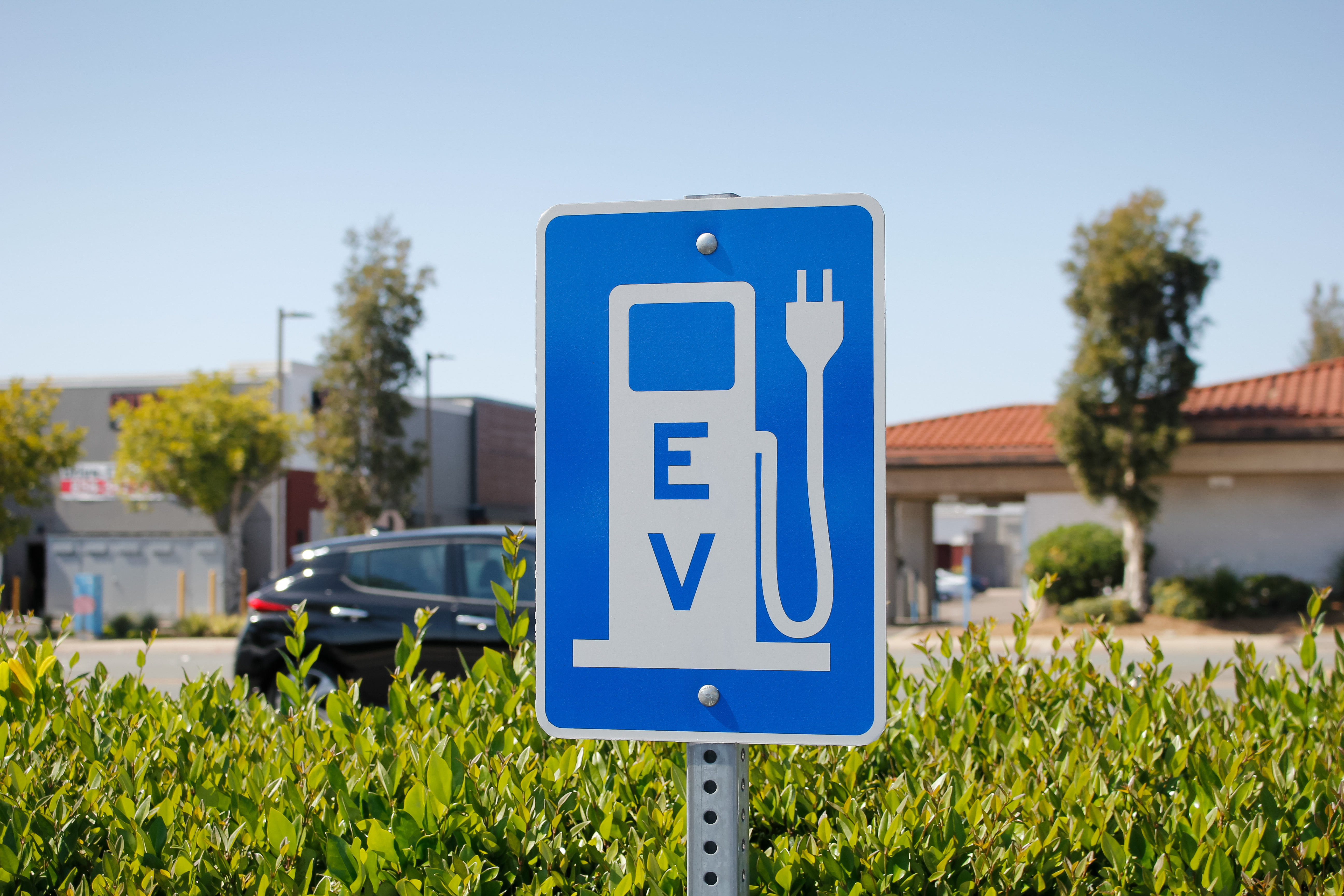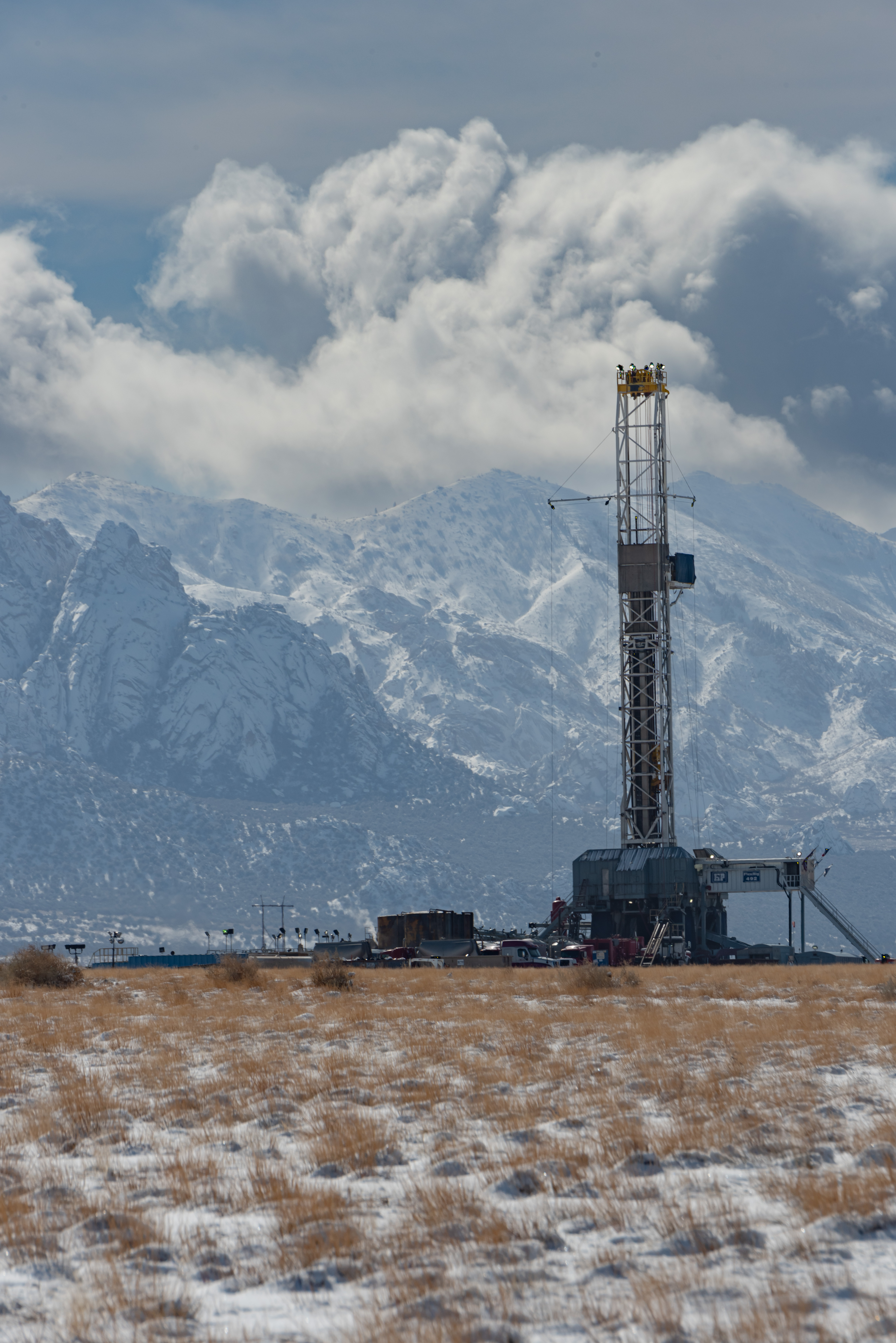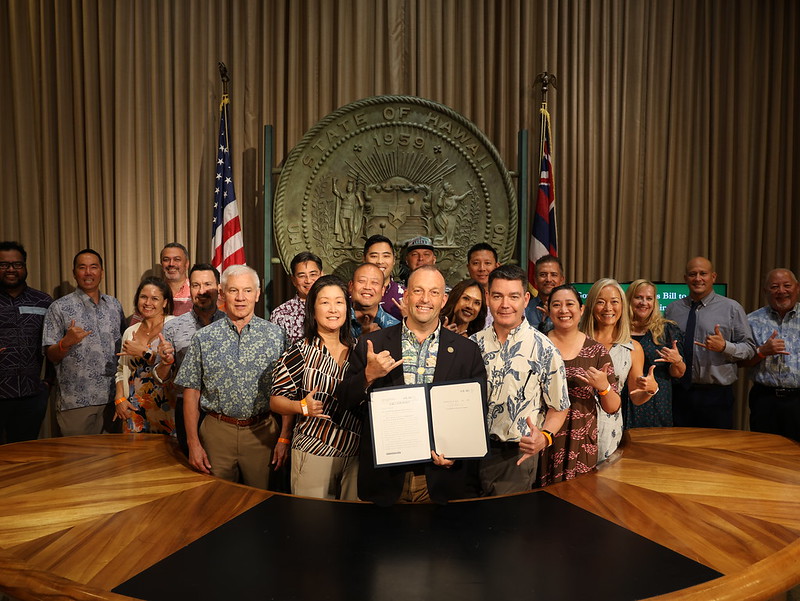08/08/25
Best of the West: EV batteries get a second life; Geothermal & fossil fuels; Data centers flock to WY; Govs speed housing development; and Hawaiian petroglyphs re-emerge

The Western Governors' Association keeps you updated on the latest news in the West. Here are the top stories for the week starting July 28, 2025. (Photos courtesy of Adobe Stock Images, Fervo Energy, the Office of Hawaii Governor Josh Green, and Nathan Wilkes).
As more and more electric vehicles reach the end of their lifespan and come off the road, a flood of used EV batteries will come with them. By one estimate, more than 12 million tons of lithium-ion batteries are expected to be retired by the end of the decade.
While the handling and disposing of used batteries has the potential to be a major headache, it could also prove to be a major opportunity to repurpose these batteries for use in critical areas.
prove to be a major opportunity to repurpose these batteries for use in critical areas.
A typical EV battery needs to be retired when it has lost about 20-30% of its original capacity. While it may no longer be able to sufficiently run a vehicle, there is often still plenty of capacity left to be used for energy storage, especially when lots of batteries are hooked together in a microgrid.
A number of companies in the West are leveraging this opportunity for ready-made energy storage to power data centers or provide reliable power storage for renewable energy.
In Nevada, Redwood Materials collects more than 20 GWh of batteries – or roughly the capacity of 250,000 EVs – every year to be recycled or put to use as energy storage. Many of the batteries the company receives have enough capacity to be added to their growing portfolio of modular energy storage systems, which can connect to the grid or operate independently.
The company is already running a microgrid powered by EV batteries near its facility in Nevada. The 63 MWh array is being used to power a data center for the AI infrastructure company Crusoe. Redwood says its microgrid is the largest second-life battery deployment in the world and the country’s largest microgrid. Just last week, the company also signed an MOU with GM to accelerate the deployment of second life battery storage systems.
Another company, B2U Storage Solutions out of California, was one of the first companies to prove the efficacy of second-life EV battery storage systems a few years ago.
After completing three second-life battery projects in California, B2U is breaking ground on another storage project in Texas, to be followed by three more over the next 12 months. Their Texas facilities will focus on areas near population centers where transmission is a constraint.
Also in Texas, Element Energy currently operates a 53-MWh second-life battery storage facility comprised of 900 EV batteries.
In addition to their demonstrated use for energy storage – which continues to draw research from the likes of UC Davis and interest from international players like the Vancouver company Moment Energy – retired EV batteries have plenty of value when properly recycled.
Companies like Li-Cycle are demonstrating the value of efficient EV battery recycling at their Arizona factory, where the company is able to achieve up to a 95% recovery rate to return critical minerals back to the domestic supply chain.
Their technique creates a secondary source of critical minerals that can help support energy independence, especially as increasing numbers of batteries are retired.
Pairing geothermal with fossil fuels: for a few years, the idea of repurposing oil and gas wells for geothermal energy production has been gaining popularity (listen to a WGA podcast on the subject here). Now, however, geothermal researchers are looking into ways to integrate the two industries even further, including generating geothermal power from active oil and gas sites.
geothermal energy production has been gaining popularity (listen to a WGA podcast on the subject here). Now, however, geothermal researchers are looking into ways to integrate the two industries even further, including generating geothermal power from active oil and gas sites.
Researchers in North Dakota are exploring numerous ways to use captured carbon dioxide to transfer heat to the surface for geothermal use, which CO2 can often do more efficiently than water.
Other new concepts involve pulling heat out of actively produced oil and gas, which sometimes arrives at the surface at temperatures high enough to generate geothermal power.
For more on ways to harness geothermal, natural gas, and carbon capture, read Wyoming Governor Mark Gordon’s Chair initiative report from 2024, Decarbonizing the West.
Govs speed housing construction: last month, Oregon Governor Tina Kotek and Hawaii Governor Josh Green both signed important legislation aimed at breaking down barriers to new housing construction in their states. 
In Hawaii, Governor Green signed a bill to address time-consuming and costly delays in housing construction to remove roadblocks to building the housing Hawaii needs. Read more about it here.
Governor Kotek in Oregon signed a package of bills this week that address a number of barriers to housing development, including speeding up middle housing production and streamlining approval processes. Read about each bill here.
Be sure to also read the BRAND West housing report from New Mexico Governor Michelle Lujan Grisham’s term as WGA Chair.
Data centers flock to WY: another massive data center is coming to Cheyenne, Wyoming, further cementing the Cowboy State as a hub for new data centers.
The newest artificial intelligence data center will start at 1.8 gigawatts of electricity and be scalable to 10 gigawatts. It will utilize multiple energy sources to power its operation, including natural gas, renewable energy, and carbon capture technology.
Cheyenne is already the longtime home of Microsoft data centers, and a major $800 million data center project for Meta is nearing completion.
Hawaiian petroglyphs emerge: an array of petroglyphs dating back roughly 600 years has re-emerged on an O’ahu beach, thanks to shifting tides that uncovered the figures from beneath a layer of sand. It’s the first time the entire panel has been visible since they were first discovered there nine years ago.
an O’ahu beach, thanks to shifting tides that uncovered the figures from beneath a layer of sand. It’s the first time the entire panel has been visible since they were first discovered there nine years ago.
This beach on O’ahu shifts in size every year, with certain weather patterns causing sand to be stripped from the shoreline and deposited elsewhere, allowing the sandstone slab that houses the petroglyphs to emerge.
Archaeologists have found 26 petroglyphs in total, with many seeming to represent human-like figures. Experts believe the scene may be depicting some form of a religious ceremony.